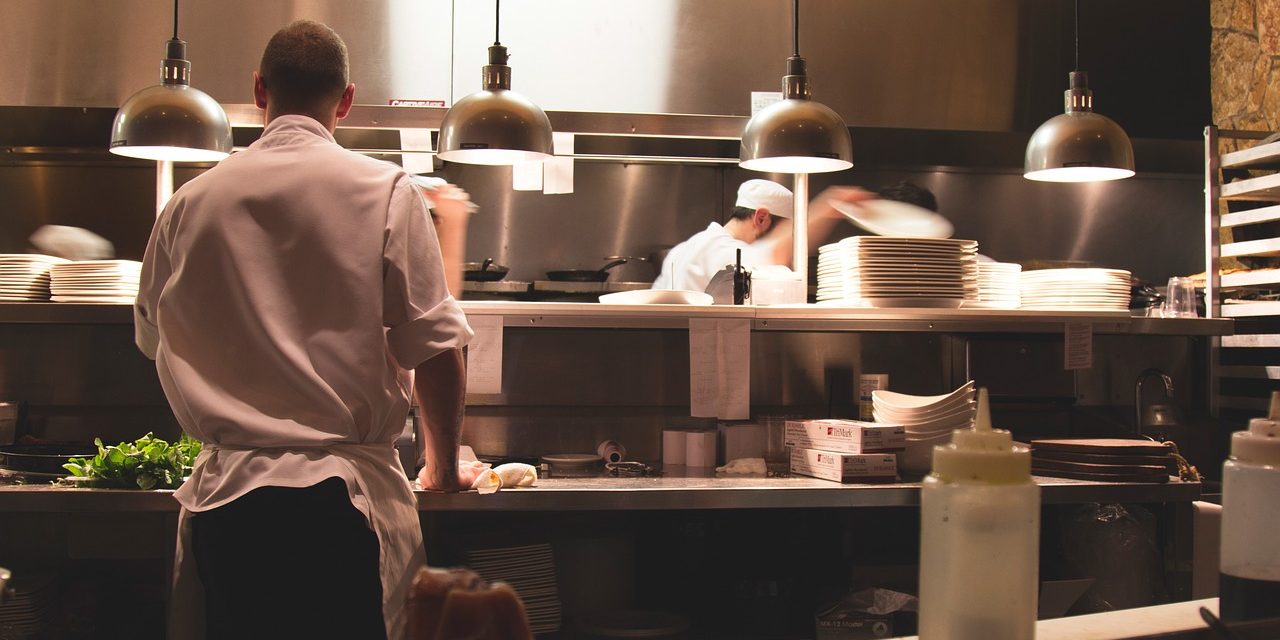Image by StockSnap from Pixabay
The future is in doubt for many restaurateurs.
Published reports indicate there were about 700,000 restaurant locations prior to the pandemic. About 20 percent of them won’t be able to stay in business.
Only pizza chains that deliver and offer takeout have seen their revenues soar.
The coronavirus public-health crisis forced the temporary or permanent closure of restaurants that furloughed or laid off more than eight million workers.
It is clear, however, adaptable, well-organized and financed restaurants will succeed.
For them, there are frameworks to follow and actions they can take. That’s possible even in an era of increased remote working where consumers’ preferences are turning to delivery and takeout options.
Digital engagement
Prior to COVID-19 breakout, the business models of restaurants that offered takeout or delivery have positioned them to succeed in the years ahead.
Typically, many of them have an effective online-ordering model with digital-loyalty programs and strong customer-relationship-management systems.
Another factor is what the consumers perceive as value when they fear financial insecurity or have health concerns. Restaurants will have strategize to reassure their customers.
Restaurants providing breakfast or coffee for consumers en route to their jobs have sorely lacked in revenue.
Establishments in densely populated regions have suffered the most.
Many restaurants have been subject to actions by governments. Restaurants in states with slow timelines for reopening have been at-risk.
For most restaurants, especially small independent operations, a quick economic recovery has been paramount. They haven’t had the financial capability to survive a lengthy downturn.
Again, consumer perceptions are important and the restaurants will have to implement the right health-safety precautions.
Planning
Restaurants will have to update their operating procedures, reassure apprehensive patrons, analyze their menus to attract dining customers who might have different preferences post COVID-19, and institute delivery and takeout services.
In essence, this means restaurants will have to implement customer-segmentation marketing:
-
Adjust menus and value-pricing with fresh produce and comfort foods, and train staff in upselling.
-
Contact their formerly loyal patrons.
-
Evaluate their marketing mix.
-
Target and reach prospective guests with just-in-time and loyalty-driven promotions.
-
Develop customer-loyalty programs.
-
Implement delivery to off-premise diners.
-
Redesign location layouts for easy drive-through and pickup.
-
Enhance digital customer experience with deep personalization.
The latter is the best factor on which to start working. With effective planning, restaurants will again prosper in the short and long-term.
From the Coach’s Corner, editor’s picks:
Restaurants Benefit by Seasoning Their Customer Loyalty Programs – With only 33 percent of patrons who are loyal customers, restaurants need to add seasoning to their customer-loyalty programs, according to a study.
Improve Your Customer Retention with 6 Digital Tips – Outstanding loyalty programs for stellar customer engagement play an important role to improve your prospects for lifetime customer value. That goes for e-commerce, too.
Marketing – Insights for Attracting Millennial Customers — Marketers from fast food to cars are struggling to understand an important demographic – 59 million young adults, aged 23 to 36, according to a published report. Other observers believe there are 80 million Millennials, but in a slightly narrower age group. Here’s how to attract them.
Your Best Source for Business Advice: Your Customers — The new economy – with a highly competitive marketplace – is making it becoming harder and harder to for businesses to sustain growth. So customer engagement and word-of-mouth advertising have taken on an increasing importance.
13 Strategies to Keep and Attract Valued Customers — Have you experienced the agony of not enjoying the fruits of your labor? That includes not having enough time for projects, not enjoying life outside of your business, and worse – losing customers. You’re also losing opportunities for referral business. Here’s what to do.






